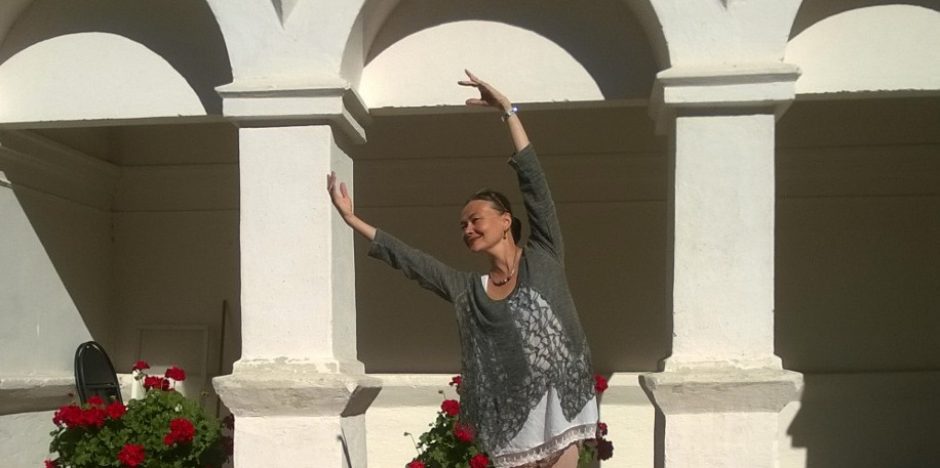I borrow the first part of my title from Swedish actor and singer Thorsten Flinck’s song Hjärtats slutna rum – a song about a father and son not connecting. About a son standing mutely next to the sealed room of his father’s heart. Yet, it turns out that there existed a door that could have been unlocked to interconnect the sealed hearts of father and son.
A week has passed since taking part in the Pesso-Boyden System Psychomotor (PBSP) seminar organized in Helsinki. A week of heightened awareness and gratitude for having had the opportunity to experience something truly valuable and of rare beauty. As I see it, fundamentally PBSP is about unlocking sealed emotions in the body. In my dance teacher studies in the mid-90’s, I recall a Dutch lecturer who made us unlock emotions by touch. However, upon walking into the PBSP seminar I did not exactly know what to expect, even if I had been previously introduced to the theory of the method. I was soon to find out that the two PBSP days would be extremely tough, since the method takes the participants directly into the fundamental questions of human existence. We all seem to be scarred by rejection and feelings of unworthiness. Burdened by the sadness of not being accepted as our unique selves. On the other hand, participants were connected by a quest for authentic voice and a profound wish to heal. Finally, I was over-whelmed by the kindness, respect and authenticity I experienced in the group of almost strangers who felt like a long-lost family to me.
Upon returning to work on Monday morning, I was invited to attend a lecture by an expert in robotics. The contrast could not have been any bigger from the true emotions I had experienced during the Pesso-Boyden weekend. In the lecture I learnt how Artificial Intelligence will rapidly take over more and more fields in society. There was an example of a lonely pensioner who had happily hugged a robot for two hours as there was no friends or family in his life. Apparently, this was a care-taker robot that responded to touch to a certain extent. There were other examples, such as universities where part of the teaching staff are robots. Where are we heading from this point? As teacher and human being, I need to be connected to myself in order to encounter my students who are young adults. As human, I bring my life experience and intuition into these encounters. I strive to be present in the moment and true. Looking back at my own university studies, I recall with warmth my teacher Père Bethune, a Dominican monk who taught us French translation – and about life. He was old, hunch-backed and wrecked with pain, and a passionate human being. The word Passion comes from Latin passio that stand for “pain”. A robot cannot be passionate because it feels no pain, its emotions are mere algorithms. Its touch is plastic.
This spring I have been invited to teach dance workshops at Laurea University of Applied Sciences at a course called “Luovuus ja toiminnallisuus asiakastyössä”, created by Dr. Kaarina Marjanen, specialist in music pedagogy. All the methods used in the course are derived from arts pedagogics: music, dance, photography and drama. The purpose is to prepare nursing and social services students for authentic encounters with their clients/ patients. For having the courage to see and touch where there is the most need for solace. It has been a true joy teaching dance without any obligation to wrap it into labels such as stage presence or embodied business performance skills. Students have danced together for the joy of dancing and connecting. I firmly believe that this type of course would also have its place in a business university: in a world of digitalization and robots we need to have the ability to connect to ourselves and to fellow human beings on a profound level. To be compassionate and authentic. In other words, we need to become less robot-like, since we cannot compete with the cold perfection of Artificial Intelligence.
I entered my teaching career as Assistant Ballet Teacher at a very young age. This year I’ve been teaching for 30 years. The Pesso-Boyden System Psychomotor method has given me new insights into my life and profession. Thank you organizers Riitta and Pirjo and all the participants for everything you shared and for the precious moments we had together.

